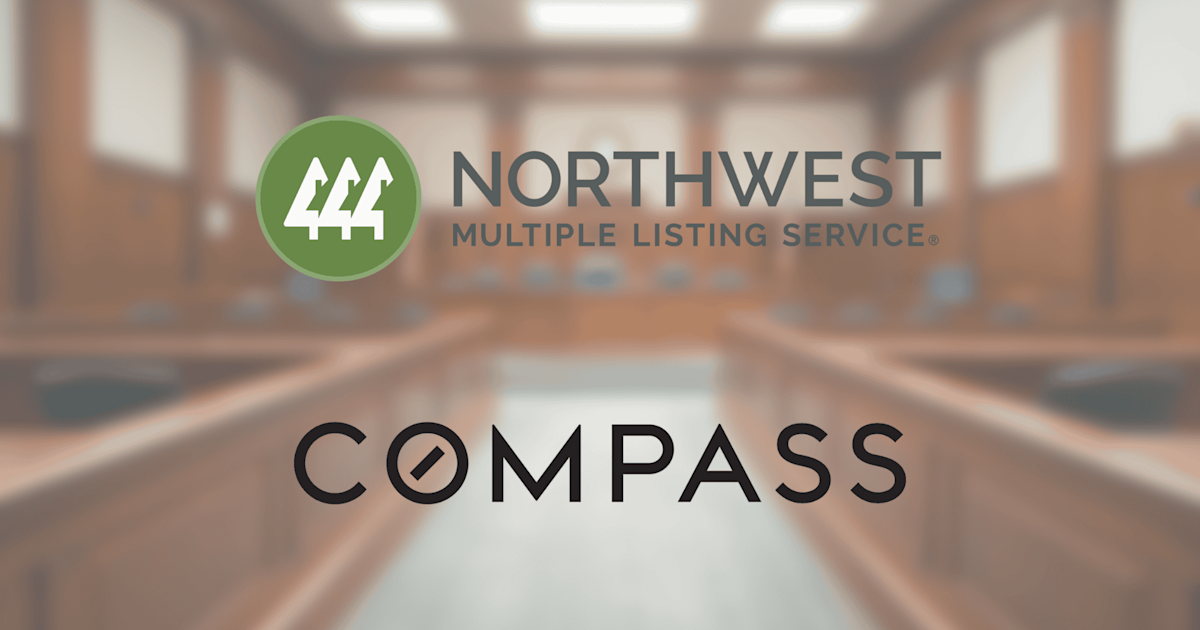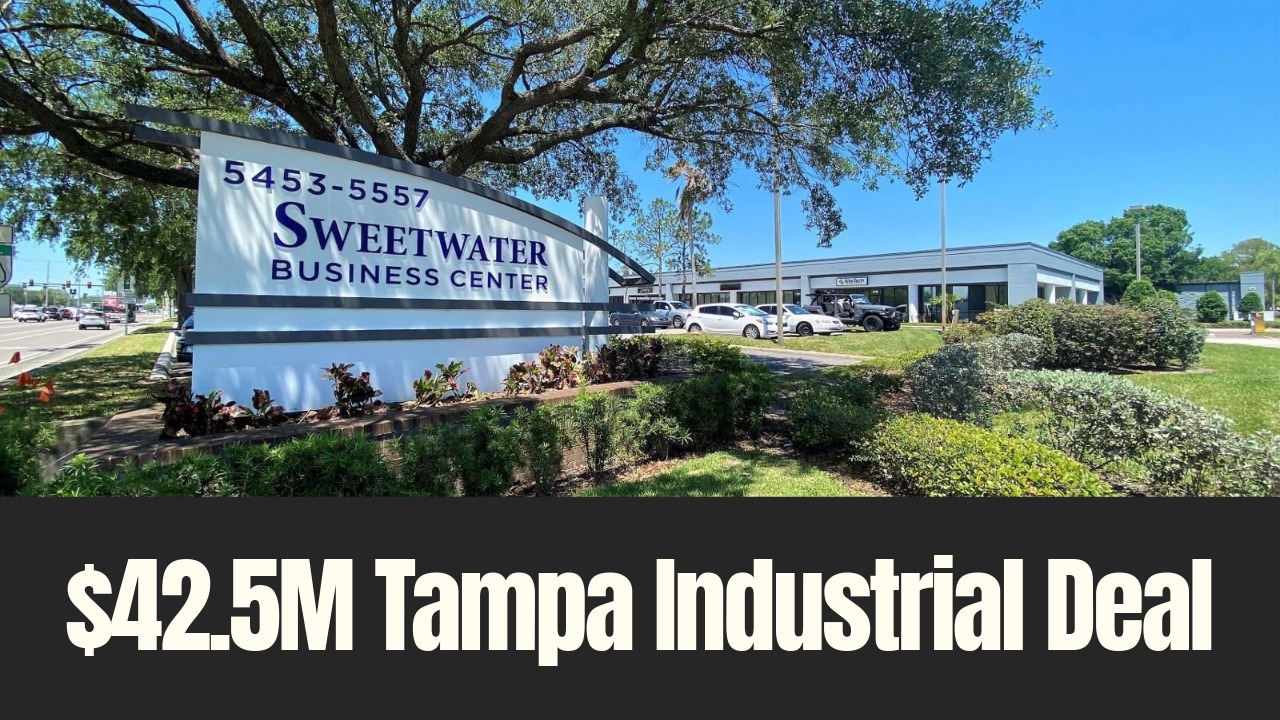T
rade policy turbulence is casting a shadow over the US real estate landscape. The proposed tariffs have sent shockwaves through markets, prompting a reevaluation of underwriting assumptions and growth expectations among developers and investors.
The uncertainty surrounding trade policy has far-reaching implications for both supply and demand in local economies. A closer examination of these impacts reveals how changes in trade policy might reshape real estate markets.
Tariffs can slow down supply growth by increasing costs and uncertainty. Higher construction expenses, driven by tariffs on materials like steel and aluminum, can make projects less viable at current prices or projected rents. Uncertainty about future tariffs can also constrain supply, as developers delay launches of feasible projects to wait for more information.
This slowdown in new supply can support higher rents, but tariffs also impact demand. By increasing the cost of imported intermediate inputs, tariffs can restrain businesses' demand for space. Producers of goods and services face higher production costs, which ripple through the supply chain, ultimately leading to lower unit costs and reduced demand for space.
Households feel the impact of tariffs through higher prices, wage adjustments, and shifts in overall wealth. As firms face higher costs and increase prices, demand for their products and services falls, leading to fewer workers needed and a weakening labor market. However, firms protected by tariffs might see an increase in hiring and wages if they experience a bump in demand.
The stock market selloff has been a major news story, with some evidence suggesting that higher stock valuations can drive local consumer spending, payroll growth, and increased residential construction. Conversely, the drop in stock market value could lead to a corresponding drag on local spending and labor income if tariffs are implemented.
These considerations point to slower supply and demand for space in many locations, with uncertain effects on rents. A stronger demand contraction will produce lower rents relative to pre-trade war conditions, while tariffs protecting local firms suggest an increase in rents. However, nuances across asset classes exist, with retailers potentially absorbing higher import prices via lower margins.
Office rents could be exposed to the consequences of higher input costs as their activity incorporates internationally traded inputs. A local economic slowdown affecting sectors that use offices might induce some firms to reduce space demand by encouraging remote work. Demand for industrial space might rise in areas with import-competing sectors shielded by tariffs, but even businesses in those industries will face higher input costs.
The demand for apartment space depends partly on local income and employment levels. Places heavily dependent on imported inputs or impacted by shifts in wealth may see a lower appetite for high rents, while localities hosting businesses protected by tariffs might experience the opposite effect, tempered by reduced purchasing power.
A careful understanding of local exposure to these dynamics is essential in making informed assumptions about underwriting, new developments, acquisitions, and leasing strategies.















